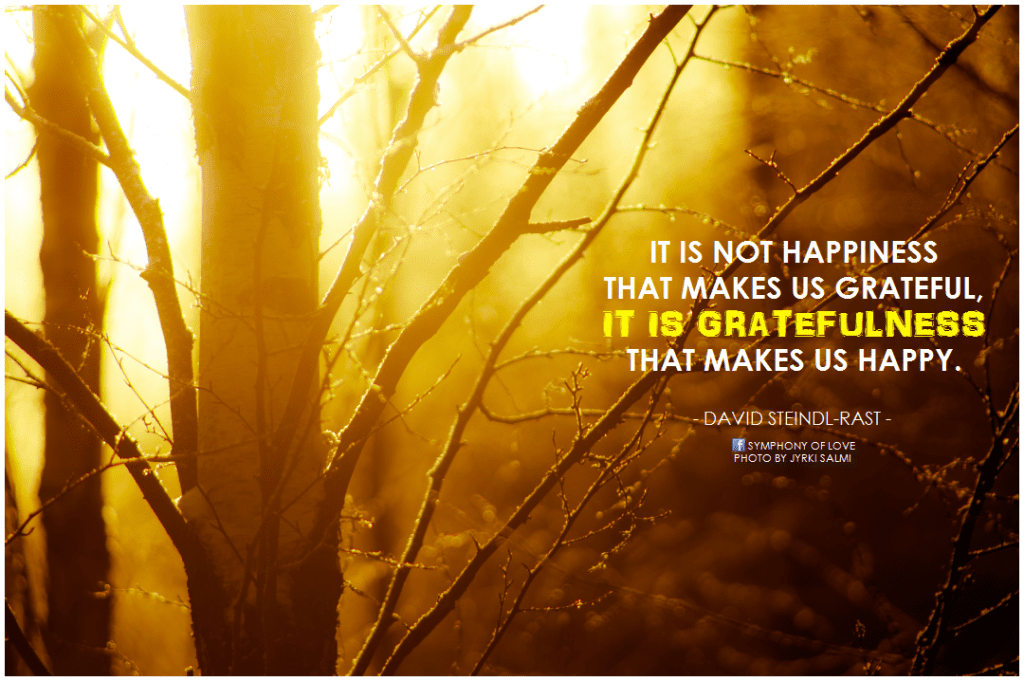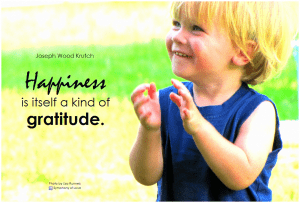A guest post from Taylor Burke, courtesy of TechnologyAdvice
Practicing gratitude can actually change the chemical makeup of your brain. When you give or receive thanks, production of dopamine and serotonin in your brain increases. The more you do it, the easier it becomes to trigger those feelings of happiness again. People who practice regular gratitude actually begin to look for the good over the bad in the day-to-day.
Gratitude has a scientifically positive impact. That’s one of the reasons it’s important to thank your donors. And there is a little trick that you can use to capitalize on that neurochemical release even further — gamification.
The Effect of Gamification
Like gratitude, gamification also has an effect on the brain. During game play, dopamine is also released. That feeling of winning is what makes games addictive and is exactly why marketers, human resources leaders, content creators, and others are introducing more and more gamification into what they create. It’s an excellent tool for engaging employees in training, getting readers to come back to your website, or creating positive feelings associated with your brand.
When gamification is used for donor thank-yous, it can double the positive experience for your donors and make them want to donate again to recreate the feeling. Here are six ideas for how to incorporate gamified experiences into your donor thank-yous.
-
Friendly competition
Creating a little friendly competition between individual donors or between your nonprofit and others can be a great way to both amplify engagement and thank donors for each action they take along the way.
Take Brackets For Good, as an example. They allow nonprofits to compete against one another like basketball teams do in tournaments, in order to take the top fundraising spot. Donors who participate feel a boost from the gratitude and reward that comes with the celebration of a win.
-
Increased Understanding
Your best donors deeply understand your mission in a way that allows them to become your ambassadors. However, thanking for them for that understanding can be more difficult than thanking them for a donation — how do you know who has the most knowledge?
This example from Greenpeace shows how gamification can help. Donors are educated by taking a quiz and when they accomplish it well, praised for their understanding.
-
More Referrals
Speaking of donors as ambassadors, gamification can be used to thank those who refer friends and family to become supporters of your nonprofit. Using referral software or your own in-house tools, each of your donors can have a dashboard that shows them how many people they’ve referred, as well as a leaderboard comparing their success to other donors.
-
Level Up
Too often, small-gift donors don’t get the recognition they deserve. Gamification is a great way to change that.
Create a system where donors earn badges or stickers as gratitude for various actions : making a donation of a certain amount, attending an event, sharing something on social media, and so on. Donors will be encouraged to accomplish the next step in order to earn their “reward.” Plus, donors are likely to add those badges and stickers to their own social profiles (which creates its own kind of marketing).
-
Set a Goal
A great way to push donors during a short time period is to set a specific campaign and goal. You can then create a progress bar or other dashboard– like the example below from San Diego Zoo–that donors can collectively track.
Once the goal is complete (and the “game” over) thank your donors who participated with a celebratory email, social media badge, or event.
-
Make it Experiential
Everyone loves to take on a challenge because accomplishing it makes us feel good. Plus, being able to share our progress with others gives us a social boost.
You can thank your donors by giving them an opportunity to show off their engagement with your organization through a gamified challenge, like Cancer Research UK’s Dryathalon, which encourages donors to fundraise by abstaining from alcohol for a month and getting donations as they do. Be sure to celebrate each milestone participants reach and have a big show of gratitude at the event’s conclusion.
When it comes to making your donors feel good, games and gratitude go hand-in-hand. Add some fun to your donor experiences and reward them for their continued support. They will reward you in return.
—-
Taylor Burke is a contributor for TechnologyAdvice.com and former nonprofit marketing director. She writes about marketing and communications.


